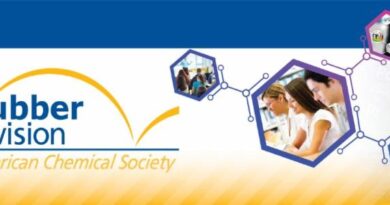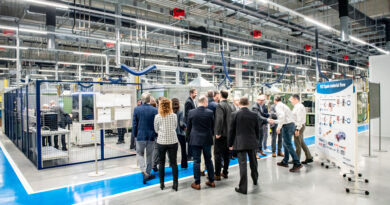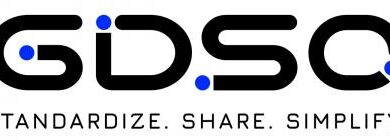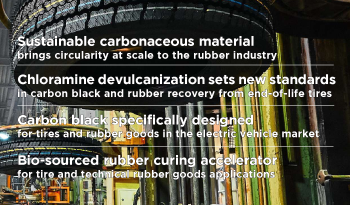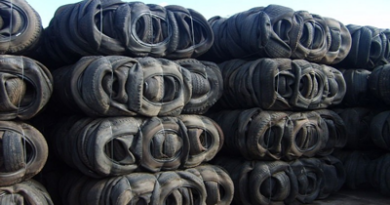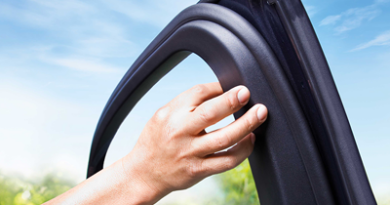The Rubber Division announces March Learning Opportunities
The Rubber Division announces the following Learning Opportunities for March.
March 5 – Webinar: The Function & Selection of Ester Plasticizers
March 7 – Webinar: The Art of Networking: It’s Not Who You Know, It’s Who Knows YOU
March 13 – Course: An Introduction to Continuous Vulcanization
March 15 – Course: Rubber Explained (*In-person only and includes a tour & St. Patty’s style lunch.)
March 19 – Course: Processing & Testing of Rubber
March 26 – Webinar: US Regulatory Compliance in the Rubber Industry
March 28 – Webinar: Global Rubber Technology – Processes, Current Status & Future Trends

